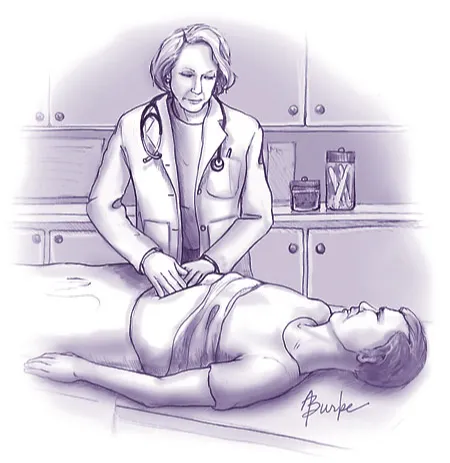Infection Journal of Nursing

The Elusive Lessons of Encephalitis Lethargica
Tags: autoimmune diseases clinical COVID-19 disease infection neurologist
Encephalitis Lethargica (EL) emerged as a deadly pandemic in the early 20th century, leaving many permanently disabled. Though rare today, its cause remains unknown. EL has two forms—dyskinetic (children) and Parkinsonian (adults). Researchers suspect links to influenza and COVID-19 due to shared neurological effects. Treatment is limited, and future viral pandemics could trigger EL’s return.
Read More →
Pyelonephritis: A Review of Literature
Tags: diagnosis infection kidney kidney infection literature review Pyelonephritis urinary tract infection UTI
Pyelonephritis needs to be diagnosed early so proper treatment can be instituted to prevent further complications. If urinary tract infection is left untreated, it can spread to the blood stream.
Read More →
Clinical Considerations for Patients with Active Clostridium difficile Infection
Tags: Active Clostridium difficile Infection infection wound care
This article addresses the probable significant environmental Clostridium difficile (c. difficile) spore contamination that occurs when patients with active C. difficile infection are utilizing low air loss mattress therapy. We site published works that have proven environmental contamination exists in the absence of low air loss therapy. We assert that by virtue of the mechanism of action of low air loss surfaces, significantly increased environmental soiling is inevitable. Therefore, the risk of spreading infection is significantly increased. We are calling for additional research to determine the extent of increased contamination that occurs when low air low therapy is used on patients with active C difficile infection.
Read More →
To Gown or Not to Gown? For MRSA Prevention, That Is the Question.
Tags: cdc gown infection mrsa patient room prevention transmission
The Center for Disease Control (CDC) states that standard precautions should be used for all patients and should be enough to prevent the spread of most MRSA cases. However, in acute-care settings the CDC recommends additional contact precautions be implemented when there are ongoing MRSA transmissions, current infections, previous colonization, and in other special circumstances.
Read More →Get Published for Free
Browse by Tag
advocate aging anesthesia behavior cardiac care Case Study child children clinical compassion COVID-19 critical care death diabetes disease education emergency department end of life ethical principles ethical values ethics future of nursing health health care ICU medication mental health nurse Nurse Education nursing nursing education nursing ethics nursing faculty nursing school nursing students PACU patient care patient outcomes patient safety pediatric poem profession risk factors stress student nurse students teaching therapy treatment
Most Popular Last Month
More from RN Journal
Amongst the Angels
Diabetes Insipidus
How to Ace Online Classes for Nurses
Rolling Away
Yoga and the Benefits to Adults with Chronic Obstructive Pulmonary Disease
The Superhero in You
Basics on Inpatient Blood Sugar Control
Early versus Later Rhythm Analysis in Patients with Out-of-Hospital Cardiac Arrest: A Quantitative Critique
Keeping a Positive Outlook: My Clinical Experience as a Student Nurse









